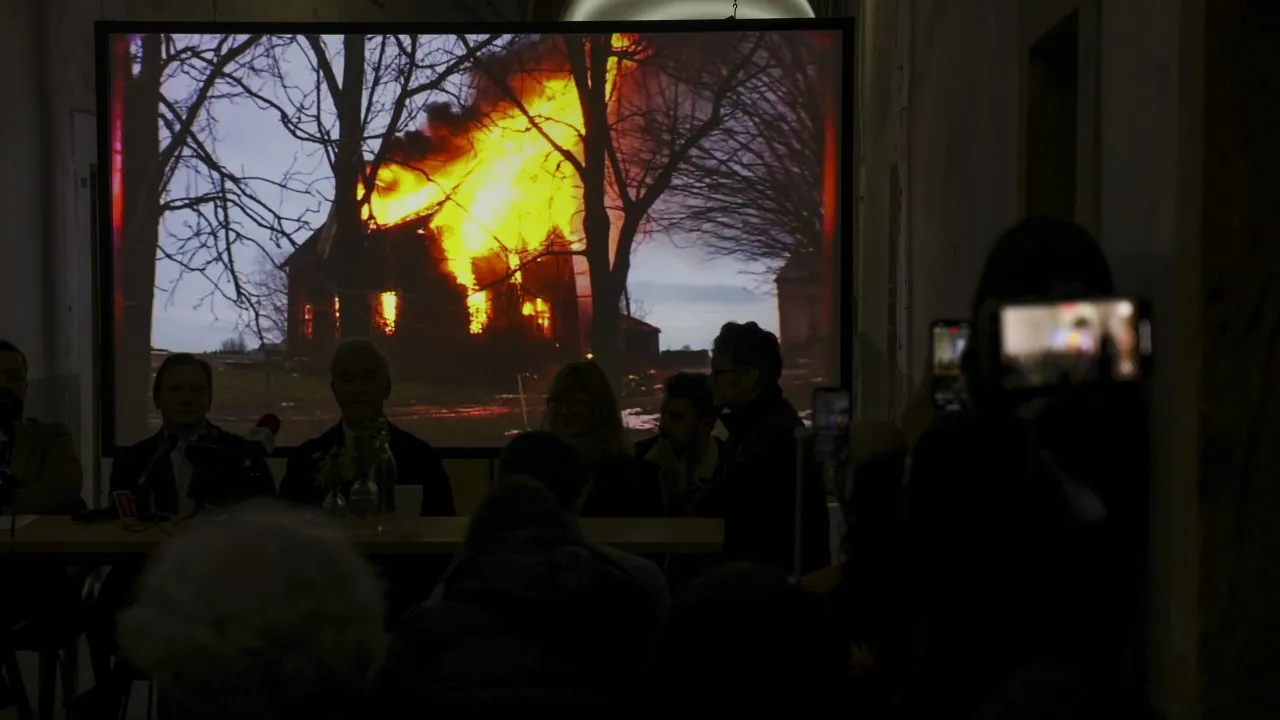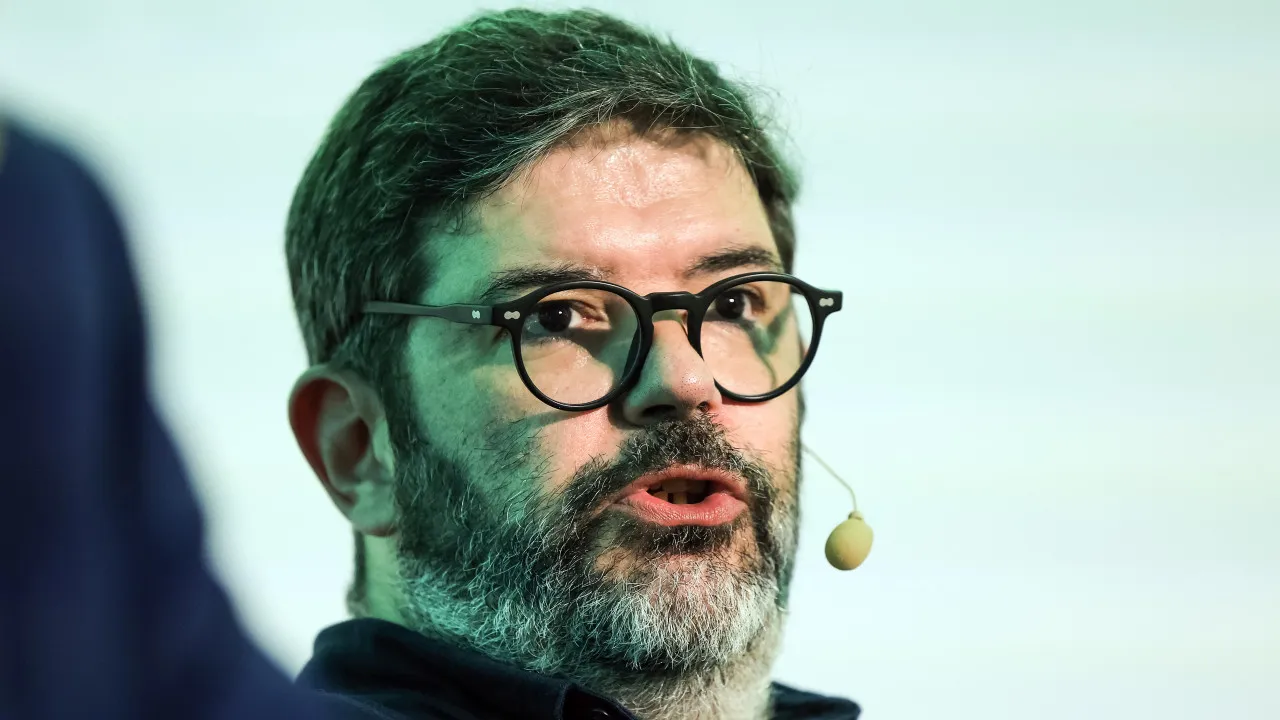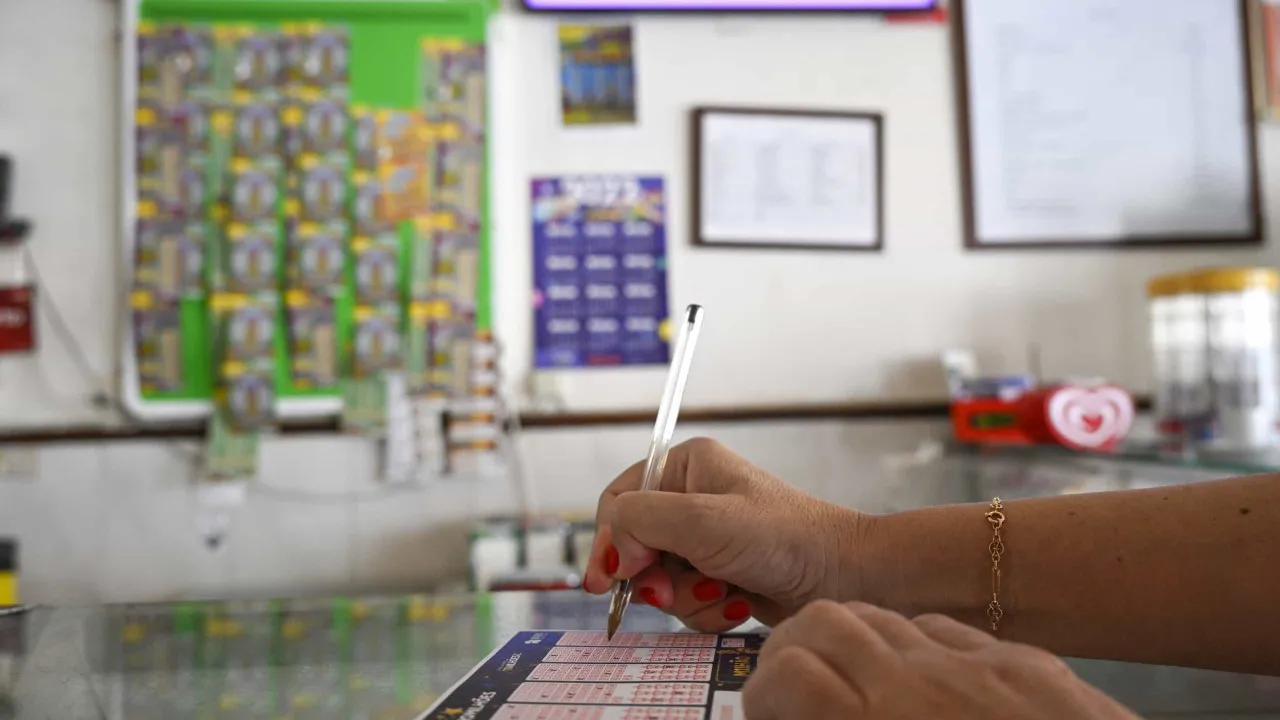
“The confirmation that Anozero will take place in 2026 at the monastery brings us great satisfaction. It ensures the continuation of the biennial for another year at the same location,” stated José Manuel Silva, president of Coimbra City Council.
By the end of 2024, the Círculo de Artes Plásticas de Coimbra (CAPC), co-organizer of the biennial with the Coimbra City Council and the University of Coimbra (UC), noted that the biennial lacked a defined space for 2026 due to the transformation of the Mosteiro de Santa Clara-a-Nova into a hotel, which delayed Anozero’s preparations.
On the final day of the solo exhibition that intersperses with the Anozero, the mayor asserted that the municipality continues to work “for the biennial to be eternal.”
Regarding the space to be used in 2027, José Manuel Silva believes that this decision should be left “to the next city council,” deeming it unreasonable to resolve this before the municipal elections on October 12.
The mayor emphasized his ongoing efforts for the former Pediatric Hospital to become “a viable option.”
CAPC’s director, Carlos Antunes, views the continuation of Anozero in 2026 at the monastery as “not good news, but the possible news,” allowing the biennial’s organizers to “continue dreaming.”
“A good news would be a future solution, and this is not a future solution. This is a temporary solution, and we keep moving from one temporary solution to another, like a phoenix […], which burns and rebirths every year, which is always a pity,” he told Lusa.
Regarding permanent solutions for the biennial, Carlos Antunes confirmed no new developments, fearing that by the end of the next Anozero edition, the organization would still be “without any idea of the future.”
Unlike José Manuel Silva, CAPC’s director argued against waiting for the municipal elections, as the biennial’s success “cannot depend on municipal cycles.”
“Every passing day is an anguish for me,” he stressed, reiterating his resolve to keep the biennial at the monument as long as the hotel does not open in the monastery.
Contacted by Lusa, UC’s vice-rector in charge of culture, Delfim Leão, stated that the biennial “greatly benefits from being held” at the Mosteiro de Santa Clara-a-Nova, hoping that the definitive solution found will have “the same dignity.”
“The uncertainty regarding this solution benefits no one, and it is important for the solution to be clarified,” he said, emphasizing that the space chosen beyond 2026 needs to ensure the biennial continues on its path of significant national and international prominence.
“Once an international level of recognition is reached, acknowledged by partners – even as the most impactful contemporary art element in Portugal – we cannot consider any other solution but to maintain and strengthen it,” he noted.
The Mosteiro de Santa Clara-a-Nova in Coimbra, the epicenter of the Anozero biennial, will undergo a requalification and transformation project into a five-star hotel after a public tender awarded a 50-year concession to the company Soft Time.
The decision faced criticism from CAPC and hundreds of individuals, including cultural agents and professionals, who signed an open letter advocating for the biennial’s continuity at that monument.
This stance was also embraced by artist Janet Cardiff, who, alongside George Bures Miller, signed the solo exhibition concluding today at the monastery, titled “A Fábrica das Sombras.”




